I remember being a kid and LOVING Halloween! We would count down the hours until we could put on whatever costume we were going to wear that year, which usually included some crazy wig, makeup and accessories. Then my friends and I would grab a pillow case (had to make sure we had enough room for all the candy we would get that night). We waited until dark and walked through each of the best neighborhoods saying “trick or treat”. After a few hours, and our bag weighing so much, it was hard to carry! We would head back home to trade and enjoy all of our treasures!
My siblings and I would sit on the floor, dump everything out and stare in awe of the massive mounds of colorful delight before us. Of course we would trade for our favorites (peanut M&M’s and Reese’s were top value in my family). Then we would happily indulge in what we had earned – of course even though we promised to only eat a “few” pieces, we always would sneak so much more. And honestly, the joys the candy had once brought, soon made us not feel well at all.
Looking back at all of those Halloween nights, I had no idea, neither did my parents, of what we were actually eating (yes, even those valued peanut M&M’s and Reese’s). Hidden in those fun size chocolate or candy are toxic ingredients that have short-term and long-term negative impacts on the body. But what can be done? What is a Halloween season without some of our favorite treats? I’m sorry to make the spooky season even scarier, but you should check out some of the most common treats given out or eaten at Halloween and their problematic ingredients:
1. Tertiary Butylhydroquinone (TBHQ) and Butylated Hydroxytoluene (BHT)
are synthetic and prevent fats from spoiling. These are linked to cancer, hormone disruption, restlessness, anxiety, increase in ADHD symptoms and liver dysfunction. Found in Reese’s and Butterfinger
2. Polyglycerol Polyricinoleate (PGPR)
is a cheap ingredient that is added as an emulsifier and makes chocolate smoother. PGPR has been linked to GI problems and allergic reactions. Found in many chocolate candies including Hershey’s, Reese’s, KitKat, M&M’s, Milky Way, Twix
3. Food Dye’s or Artificial Colors Red 40, Yellow 5, and Blue 1
are synthetic dyes and are derived from petroleum. They have been linked to increased ADHD symptoms, allergies, and even potential carcinogenic effects. Blue 1 has been shown to cross the blood brain barrier and considered a neurotoxin. Found in many brightly colored candies such as M&M’s, Sour Patch, Life Savors, Lollipops, Twizzlers and Skittles
4. Artificial Flavors
are chemical mixtures that are made of many other ingredients including synthetic chemicals, preservatives (BHA, propylene glycol, MSG, parabens, etc.), MSG to name a few. Many of these chemicals are linked to increased symptoms in ADHD, GI problems, anxiety, and endocrine disruptors. Found in Jolly Ranchers, Twizzlers, and Starburst, Skittles, Reese’s, Twix, Hershey’s, Tootsie Rolls, Mounds or Almond Joy.
5. High Fructose Corn Syrup (HFCS)
a heavily processed sweetener that is made from corn starch and contains more fructose than regular corn syrup. This is very cheap to make and often contains contaminants such as mercury. This chemical has been linked to increase in hunger, insulin resistance, obesity and liver dysfunction. Found in Snickers, Candy Corn, Milky Way, M&M’s, Skittles, Starburst, Hershey’s (some such as cookies and creme)
But, just because these scary chemicals are in the popular chocolates or candies, you don’t have to miss out on yummy alternatives. I want to help you find ways to find healthier goodies that don’t sacrifice on the fun and taste! Not only can you make some amazing alternatives, but you can still find some options at your local grocery stores! You can find some of my favorites at Whole Foods, Sprouts, Trader Joes and even on Amazon. These are made with real organic ingredients and natural colors.
Here’s some of my favorite options:
- Unreal- This brand has several varieties such as their dark chocolate peanut butter cups, candy coated chocolate (with or without nuts), dark chocolate coconut bars
- Smart Sweets- gummy bears or worms, lollipops, peach rings
- YumEarth- gummies
- Annie’s- gummies and bunny grahams
- Justin’s- peanut butter cups, candy coated chocolate (with or without nuts)
- Cocomels- caramels, option for dairy free (oatmilk)
- Skinny Dipped- chocolate dipped nuts
- Fruit Rolls- real fruit rolls
- Red Vines- twists
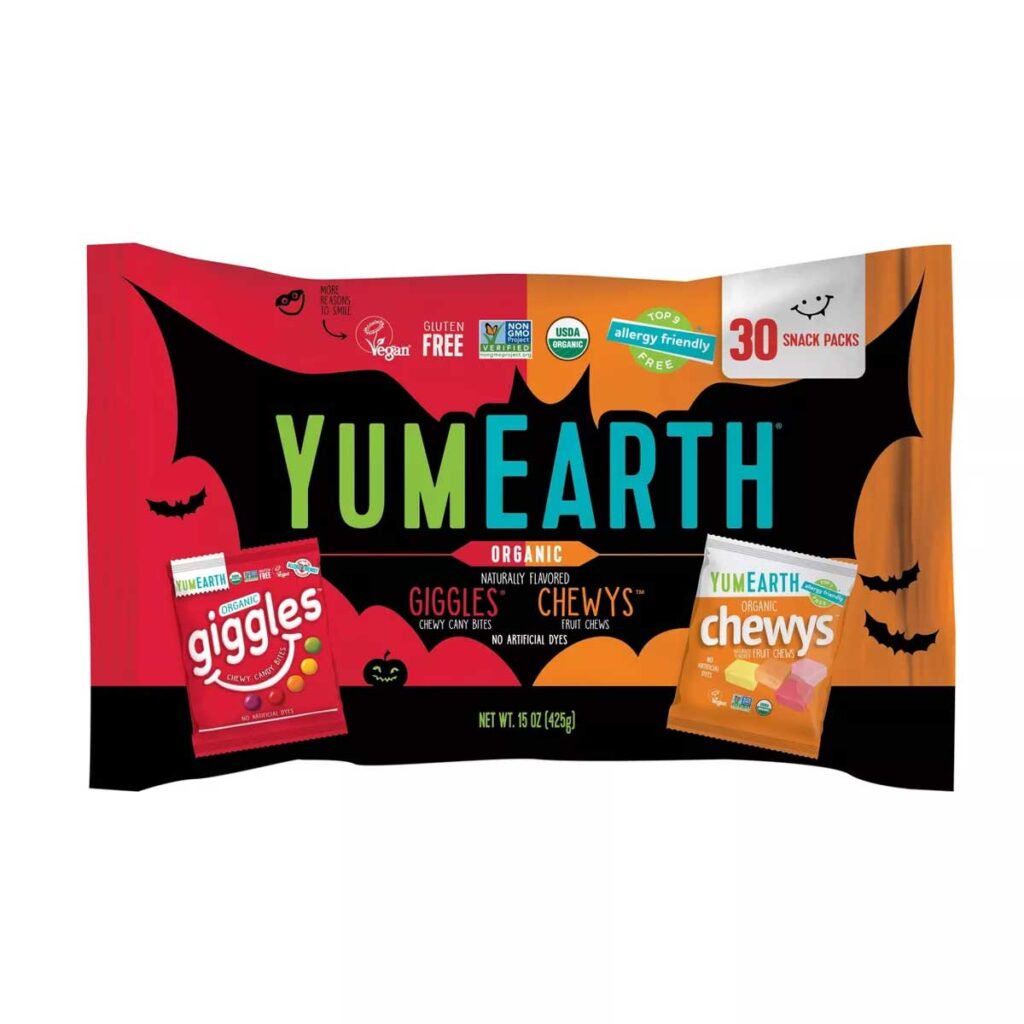
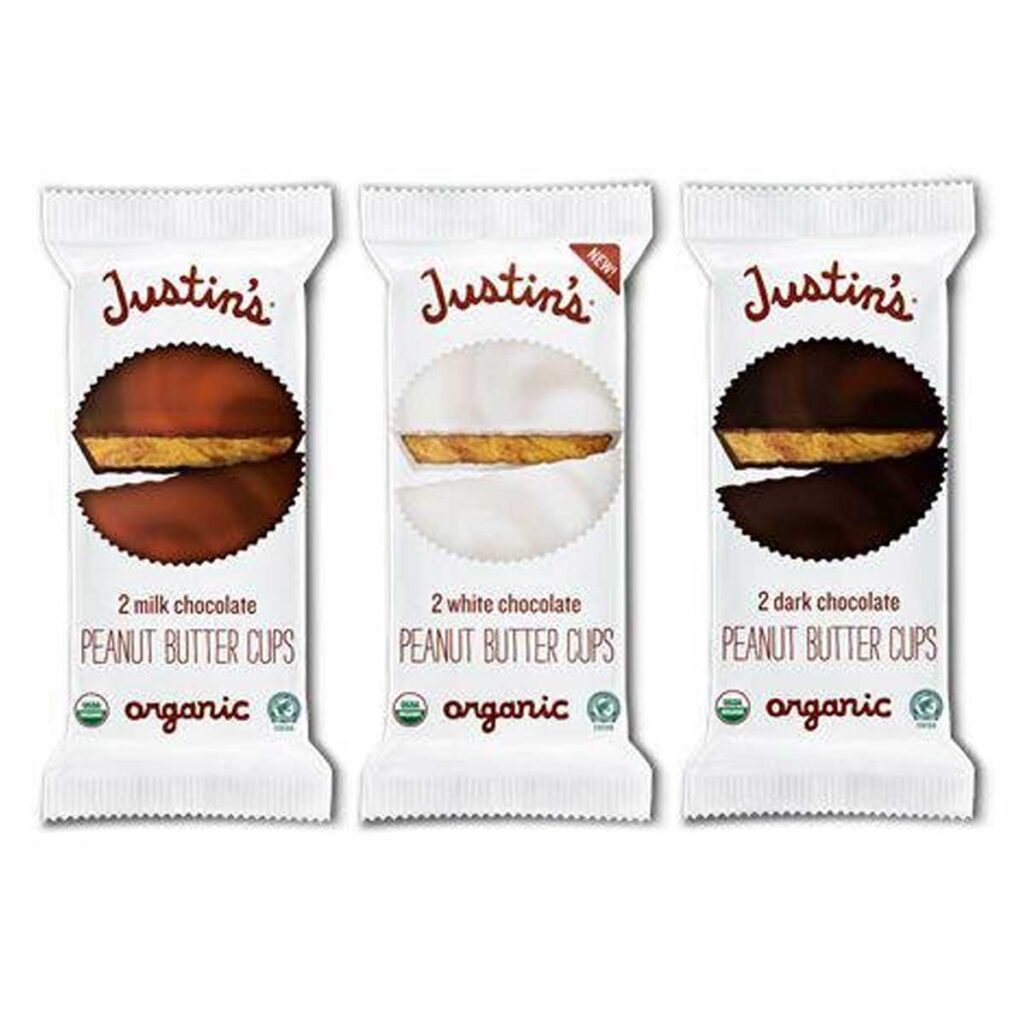


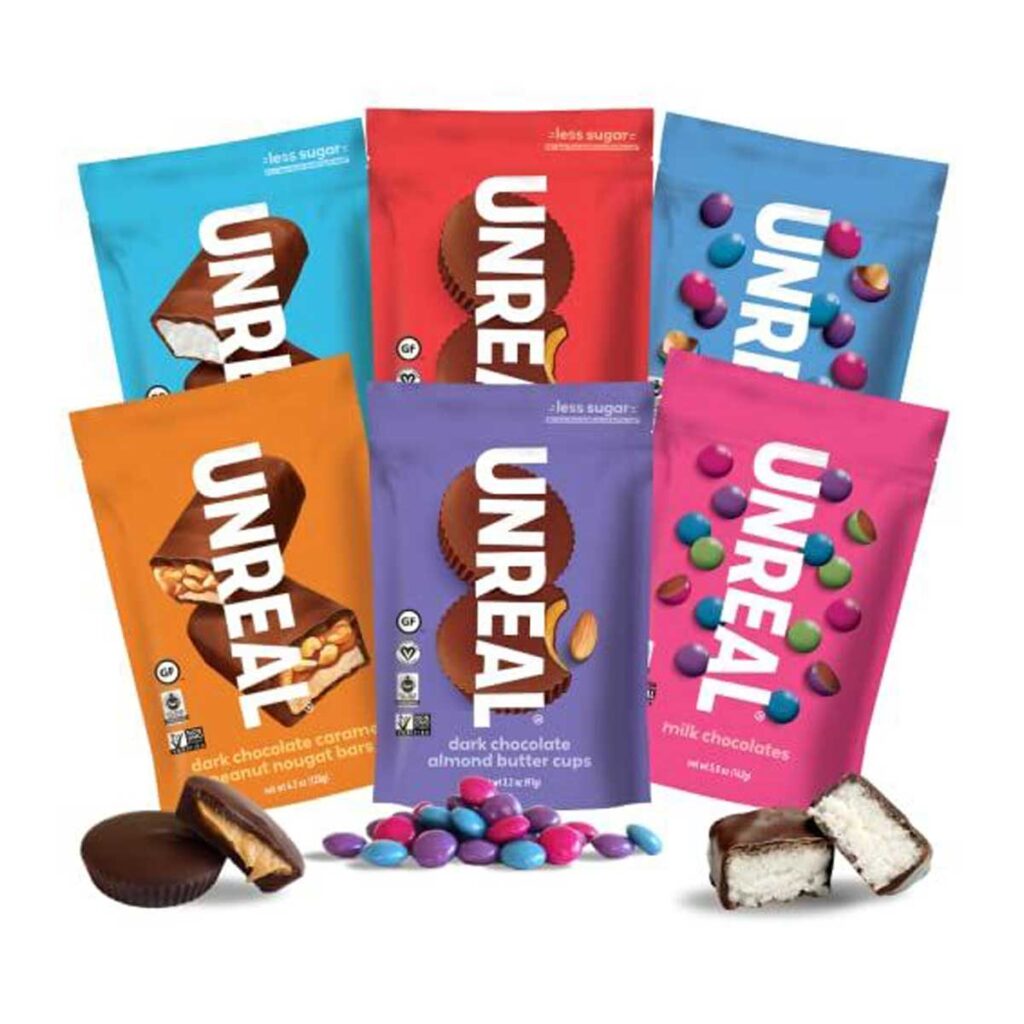
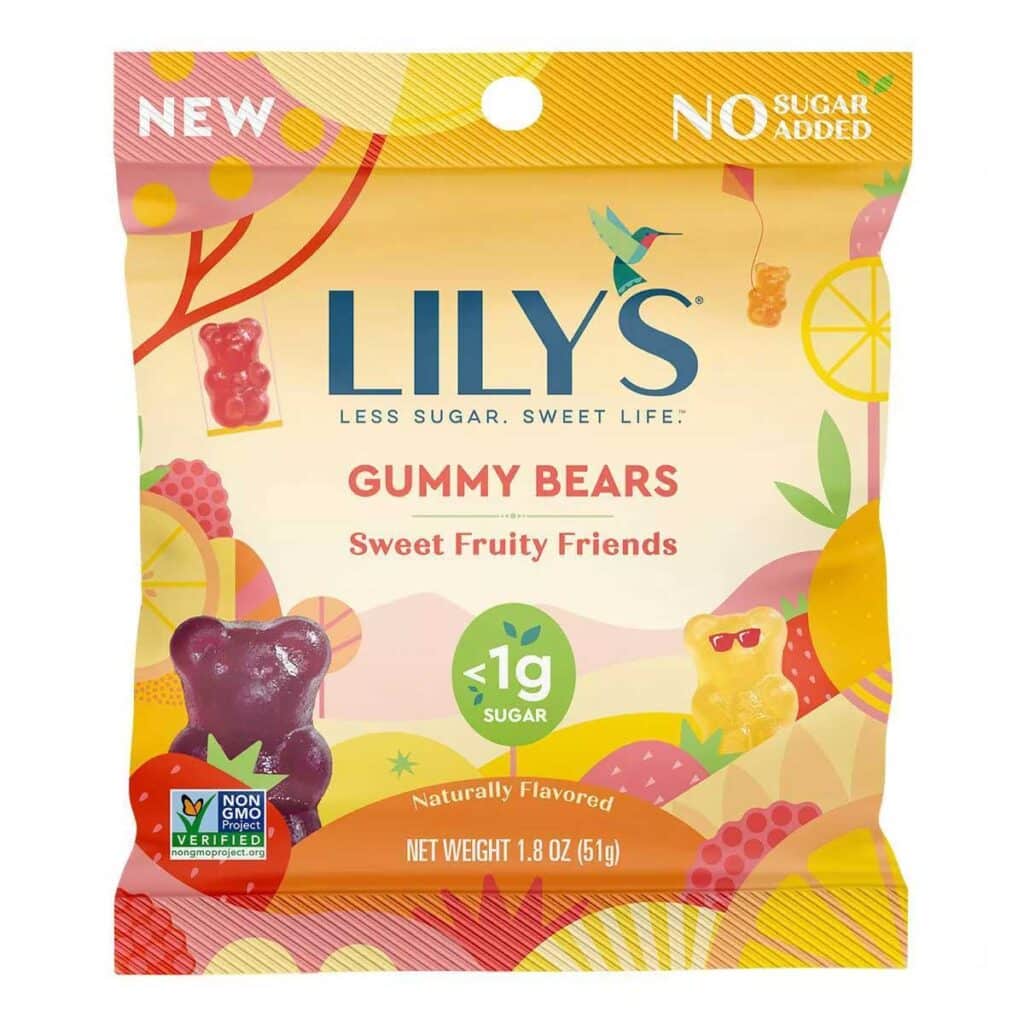
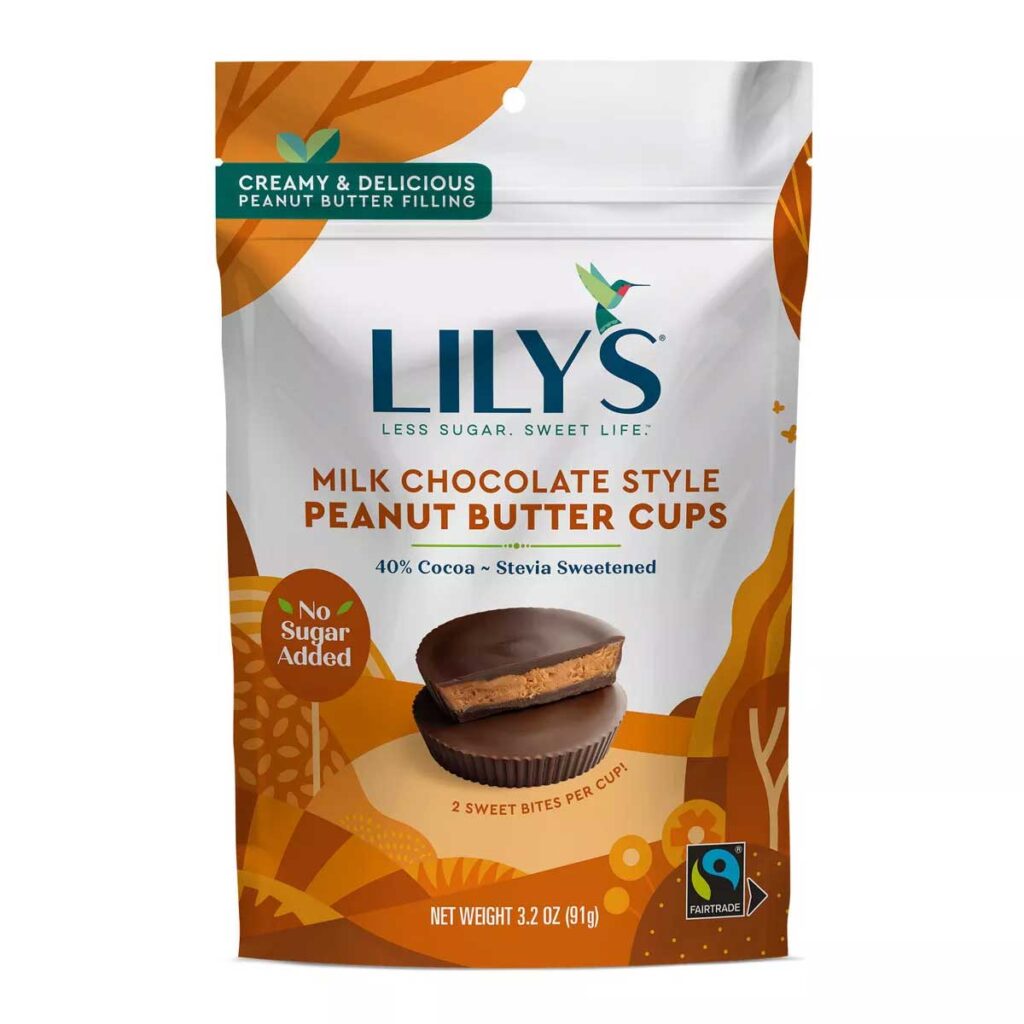
Conclusion
A healthier Halloween doesn’t mean missing out on the fun—it just means treating yourself to something better. With so many nontoxic candy options available today, you can still enjoy the season without the artificial ingredients, preservatives and additives found in our common treats. From organic chocolates to homemade snacks, these swaps won’t be spooky! This Halloween, you don’t have to choose between enjoying festive treats and caring for your health.



